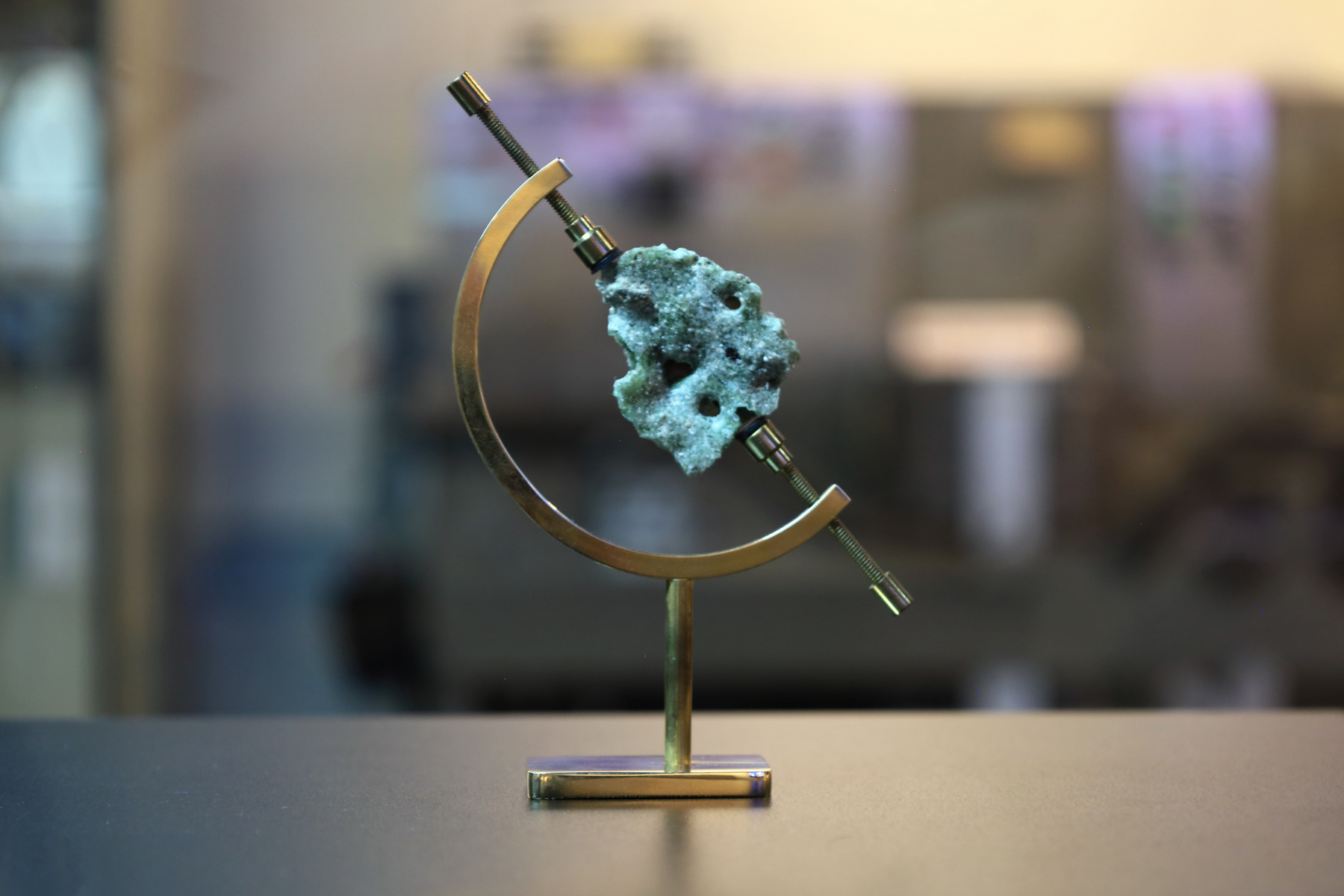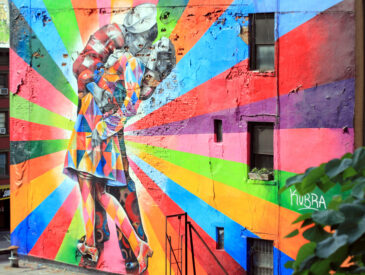I have written before about what constitutes a visit to a country; with my eye now on seeing all 50 US states, the same question arises for those. Arguably the answer – whatever it may be – should apply to both, but I am prepared to be a bit more lenient when considering regions instead of nations.
For example, I think I had a meaningful experience in all seven states I travelled through on last year’s transcontinental train trip, even though I ticked off four after just a day in each. Yet the reason I broke the journey up into six legs was because admiring a state from the window of the California Zephyr – even if for many hours – still felt like a transit, not a visit.
Fortunately I am far from alone in pondering such distinctions. Just last month, NomadMania issued guidance on what they – after polling over a thousand members – deem sufficient. In doing so, they set out the notion of a minimal visit – although the aspiration is for travellers to sample destinations in much greater depth, it does provide a baseline. Their standards are reassuringly similar to mine: experiencing a site of cultural or natural significance, not just setting a foot on the ground.
My first 12 hours on this trip were spent within the orbit of CVG which – whilst primarily serving Cincinnati, Ohio – is located in Covington, Kentucky. From arrivals I took a shuttle to a completely typical Holiday Inn where, my body-clock considering it the early hours, I mostly slept. Powered by jet-lag I made an early start, polishing off a substantial breakfast before shuttling back to the airport for a bus to Cincinnati proper.

If I had instead boarded a plane and set off for some other city, I wouldn’t log Kentucky at all. Sure, I had cleared a few hurdles that are often floated as requirements: stayed overnight; eaten a meal; interacted with locals; spent money; used public transport. But the closest I got to some regional character was finding some of the Winold Reiss murals in the terminal – which, if anything, count more in the Cincinnati column!
More convincing was Wednesday’s sightseeing wander along the Ohio river’s southern banks. Exploring on foot always feels more authentic to me, and I saw a variety of sights that belonged to the area, rather than Anywhere, America. The Roebling Bridge was the prototype for the Brooklyn Bridge, and until the latter’s construction was the world’s longest suspension bridge; whilst the railway-turned-pedestrian ‘Purple People Bridge’ has a literal border line. Between the two, I found fancy houses in the historic riverside district; crossed another river, the Licking; and spent over an hour at an aquarium.

But despite my walk taking in not one but two Kentuckian cities – Covington and Newport – I never really escaped the influence of Cincinnati. Although I’ll count it for now, if the opportunity arises to venture further south that would lead to a much more satisfactory claim.
I was drawn to Maryland over neighbouring states by a particular attraction: the National Cryptologic Museum, based in a former motel on the edge of the NSA headquarters at Fort Meade. I have a long-standing interest in cryptography, and have been to the NCM’s British equivalent, Bletchley Park, several times. So I was keen to take a detour rather than head straight from Baltimore’s BWI airport to DC; a snarl of freeways and a dearth of public transport makes this trickier than it should be, with a $27 Uber the only real option.
Fortunately entry to the museum is free, and I was able to leave my luggage with a suitably anonymous staffer at reception. Tours can be arranged, but I was happy to wander at my own pace (eavesdropping occasionally on the guide for a group of OAPs). There is plenty of interpretive material, which as well as being informative was often humorous too, the personalities of the curators shining through.

The collection is extensive, and the NCM prides itself on their artefacts all being genuine – you can even try out a pair of original Enigma machines. Nor is it just for WW2 history buffs – their exhibits on codebreaking stretch back to ancient times, whilst the computing hall is a treasure trove of legendary machines (although it was sobering to see a Cray XT – the cutting edge of my university’s supercomputer fleet when I was in grad school, and now literally a museum piece).

Cryptographic security is crucial to all kinds of interesting activities, and a final room covered everything from nuclear programmes to space missions. There’s also a pretty great gift shop, if you fancy some NSA-branded secret sauce…

I spent a couple of fascinating hours taking everything in before resuming my journey. Rather than backtrack to the airport, and with a taxi the rest of the way prohibitively expensive, I instead made my way to Savage MARC station. It was surprisingly hard to summon an Uber to Fort Meade – never have I had so many drivers decline – but I eventually lucked out with Sean, an ex-Navy COBOL greybeard who approved far more of my afternoon’s entertainment than my next stop, DC.

MARC is described as commuter rail, but in America that means ten services a day, not per hour. Still, for a mere $7 I was delivered to Washington Union Station in 45 minutes – and was able to include some train travel on this trip.
All told, then, I spent only four hours in Maryland. But I got to see something from my bucket list and unique to the state: I would recommend the NCM to anyone in the DMV area. Conversely, nothing I did in Kentucky felt essential – a pleasant way to spend an afternoon if you are there, but not a reason to go there. Just ticking boxes is unlikely to be satisfying, yet minimal can still be meaningful: these realisations will certainly shape my tour of the US going forward!



